How Much Should I Budget for Facebook Ads?
Facebook Ads are a powerful tool for reaching new customers and driving engagement. But figuring out how much to budget can be overwhelming. In this guide, we'll break down the key considerations and help you determine the right amount for your business.

Understanding Your Business Goals
Before setting a budget, clarify what you want to achieve. Do you want to increase brand awareness, drive sales, or expand your audience? Each goal may require a different approach and budget size.
Your specific objectives will play a crucial role in determining how much to allocate to Facebook Ads. For instance, if your primary aim is to gain visibility, you might consider a budget that focuses more on reach and impressions. On the other hand, if your goal is to drive conversions or sales, a more targeted budget aimed at engagement could be more beneficial. The clearer your objectives, the easier it becomes to align your budgetary needs effectively.
Additionally, it's important to outline both short-term and long-term goals. A short-term campaign might focus on a specific event or promotion, while long-term plans can aim for consistent brand reinforcement. By identifying your goals across various timelines, you can better understand the different budget allocations needed to support each.
Analyzing Your Target Audience
Identify who your potential customers are and where they spend time online. Understand their preferences, habits, and how they interact with advertisements. This information can help you allocate your budget more effectively.
Understanding the nuances of your audience is paramount. Analyze demographic data, interests, purchasing behaviors, and even the time of day they are most active online. This detailed insight allows you to tailor your ads to resonate more deeply with your audience, thus optimizing your spending on Facebook Ads.
This approach not only optimizes your ad spend but also enhances ad relevance. When ads align with user expectations and desires, engagement rates increase and the likelihood of reaching potential customers at the right stage of the sales funnel significantly improves.
Researching Industry Benchmarks
Gather data about industry standards and look at what competitors are spending on Facebook Ads. This research can give you a ballpark figure to start with, ensuring you're not over- or under-budgeting.
Industry benchmarks can serve as a reality check, providing guidance on both average spendings and expected ROI. Each industry has its own dynamics — some might require heavier investment due to competition, while others might demand less due to lower competition levels. Current data indicates that less than 25% of businesses with a Facebook page are spending any money on Facebook advertising, highlighting an opportunity for price advantage for now.
Don't just settle for looking at direct competition. Consider similar industries, especially those targeting the same consumer set as field-alike benchmarks could give you fresh insight into unexpected strategies and budget necessities.
Setting an Initial Budget
Determine a realistic starting budget that aligns with your business goals and audience analysis. Consider using a smaller budget initially and scaling up as you gather more data on ad performance.
When crafting an initial budget, it's prudent to engage the "one-third" rule discussed in some guides, where your daily ad budget is calculated by dividing your estimated reach by a thousand. This provides a manageable starting point while enabling easy adjustments based on early campaign feedback and insights.
Launching with a smaller budget allows you to test different strategies without a considerable financial risk, enabling you to find the sweet spot that balances cost with ROI. Once the data reflects positive ad performance, you can confidently increase the budget to expand reach and achieve greater outcomes.
Monitoring and Adjusting Your Strategy
Track the performance of your ads regularly. Use insights and analytics to see what works and what doesn't, and adjust your budget accordingly. Continuous optimization is key to maximizing your return on investment.
The beauty of digital advertising, particularly on platforms like Facebook, lies in the accessibility of real-time data. Utilize this by setting periodic check-ups — weekly, bi-weekly, or monthly — to sift through performance metrics and adjust as necessary. Doing so ensures that your efforts remain in alignment with shifts in both market trends and consumer behaviors.
Moreover, consider using Facebook's built-in tools like Offline Events to monitor the tangible impact of your ads. By examining conversion tracking and sales attribution, you can decide which campaigns deserve continued investment and which ones might need recalibrating or even discontinuation. This feedback loop is vital for sustaining success in the dynamic digital landscape of Facebook Ads.
Making the Most of Your Facebook Ads Budget
Budgeting for Facebook Ads requires careful thought and planning. By understanding your business goals, analyzing competition, and adjusting over time, you can create an effective advertising strategy that maximizes ROI and leads to success.







